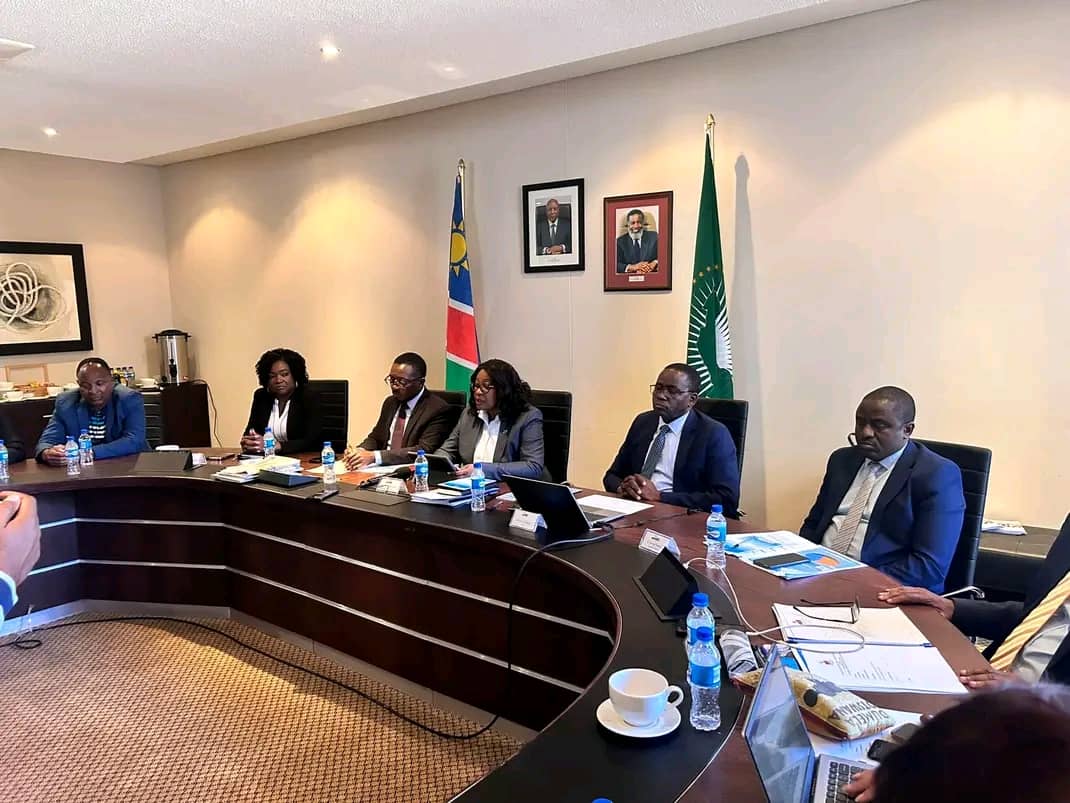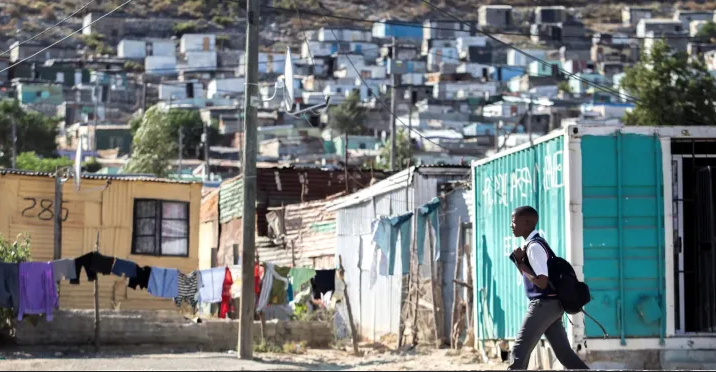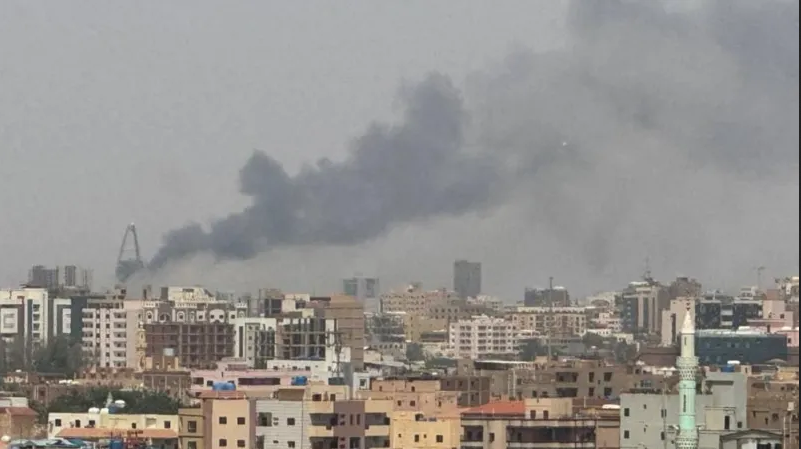ROMAN GRYNBERG and FWASA SINGOGOHAVING BEEN a colonial appendage of South Africa meant that Namibians took for granted that we, like our masters in Pretoria, dug holes in the ground to make a living. And a pretty living it was if you were white and part of the mining establishment.
Even for Africans who came to work in its gold mines, life as an underground miner was relatively comfortable in comparison to the alternatives at home. At its peak in 1986, the SA gold mines employed some 540 000 underground workers from all over southern Africa. Thirty years later in 2016, it was 112 000 workers.
However, outside South Africa, there is nothing about mining as the dominant part of the economy that was ever a forgone conclusion.
In a few small corners like the copper belt in Zambia, the gold fields of Ghana and in Katanga province of the DRC, mining was part of the national heritage. Outside these places, mining and hydrocarbons were historically a minor activity. During Nigeria’s first republic until 1963, the only significant oil that was exported was palm and groundnut oil. Now, it imports palm oil and exports hydrocarbons, and almost nothing else.
Africa has changed. Tanzania exported sisal in the 1970s, Mozambique, groundnuts, Ghana, cocoa and Uganda, coffee. This is what Africa was in the immediate post-colonial era. After 40 years, virtually all of Africa now digs holes in the ground and exports unprocessed minerals to help develop China.
Now, as we did for Europe in the previous century, agriculture, once the backbone of the colonial and immediate post-colonial economies, shrank away. This was not an accident nor a result simply of great discoveries by geologists. What few understand is that this was the result of conscious policy designed by the World Bank and IMF in the 1990s.
In 1992, the World Bank published a report entitled ‘A Strategy for African Mining’, and it changed Africa forever. Virtually all African economic policy was at the time written in Washington, as almost all African countries were so highly indebted and had accepted the free market policy advice of the IMF and the World Bank
The World Bank did two things that complemented Africa’s tilt towards mining. First, it devastated the agriculture sector by eliminating the often very corrupt national agricultural marketing boards. The assumption was that the private sector would step in and replace these agencies that were stealing so shamelessly from the rural poor. Of course, the private sector only stepped in where it could make money, and all the advice just fell away.
Secondly, it got rid of much of Africa’s inefficient manufacturing sector by lowering tariffs. Over a period of 20 years, manufacturing virtually disappeared as China came to dominate, decreasing value-addition as a percentage of GDP as Africa more and more got everything made in China.
The bank’s 1992 report and the largely free market structural adjustment programmes (SAPs –– now politely called staff monitoring programmes) implemented all over the continent immediately afterwards did two things. The bank privatised the state-owned mining companies as in Zambia, Tanzania and Ghana, and provided the private mining firms with such generous tax regimes that the government got very little of the earnings made by the large transnationals. It was precisely this incentive which changed Africa.
Secondly, they legalised or, more correctly, decriminalised small-scale mining so as to allow all those thousands of workers made redundant in their SAPs to have a viable, if completely miserable, existence as economic moles working underground.
The bank was successful beyond its wildest dreams. Growth rates soared. The World Bank saw some 35 countries legalise small-scale mining in Africa in the 1990s. The Intergovernmental Forum on Mining estimates that there are some 10 million moles working underground in small-scale mines.
Most of these, an estimated eight million, extract gold, and the rest are in diamonds and rare-earth minerals. In the gold mining sector, their activities are poisoning thousands of Africans with mercury and lead and a host of other dangerous minerals used – or are by-products – in gold mining.
The artisanal and small-scale gold mining sector is driven by a combination of high gold prices, poverty and lack of opportunity. Africans have not become moles voluntarily. In the past, countries like Ghana had banned small-scale mining because of the mercury risks to the population and its desire to see large-scale mining, which pays at least some tax.
The biggest change, though, was in the large-scale sector where the great transnationals poured into Africa under the influence of the World Bank tax incentives and the end of Africa’s long post-independence and apartheid-fuelled wars. They found minerals in many places that were previously considered too risky, such as Mozambique, Mali and Tanzania. Great fortunes were made, but not by the African governments, as so much of the benefits were distributed to the companies under the bank’s tax arrangements. What is now called ‘resource nationalism’ by the free marketers is often just an attempt by African countries to get a fair share of their resources, though some of the means may be debated.
Africa became in the last decade a major mining province. But this was not because the bank was so clever, but because China’s growth pushed the price of minerals through the roof. The bank’s ‘success’ in converting Africa into a mining province and accelerating growth was simply good fortune. Now, the World Gold Council estimates that in 2018, Africa is the world’s largest source of gold in producing 820 tonnes. Much of the gold was small-scale, and this gold, unlike the large transnationals, brings no tax revenue at all to the host country. The gold is smuggled to Dubai, and these small-scale miners pay no taxes whatsoever for the gold they take out of the ground.
In Ghana, which has now overtaken South Africa as the continent’s biggest gold producer, the small-scale mines are increasingly mined by thousands of Chinese workers who are there illegally, and have been so for a decade or more because the Ghanaian government is too corrupt to get rid of them.
Now, even Uganda exports gold (which it does not produce), Tanzania sells gold and hydrocarbons, and Mozambique exports gas and coal, while Ghana’s biggest exports are oil and gold. Today, Africa is richer as a result of the bank’s policies, but whether any of these changes are sustainable is another matter.
• These are the views of Roman Grynberg and Fwasa Singogo, and not those of Unam.
Stay informed with The Namibian – your source for credible journalism. Get in-depth reporting and opinions for
only N$85 a month. Invest in journalism, invest in democracy –
Subscribe Now!






